Find Any Kiosk Machine You Need And Contact Lean Kiosk Now
All Products
Select Any Product
- Request A Quote Now

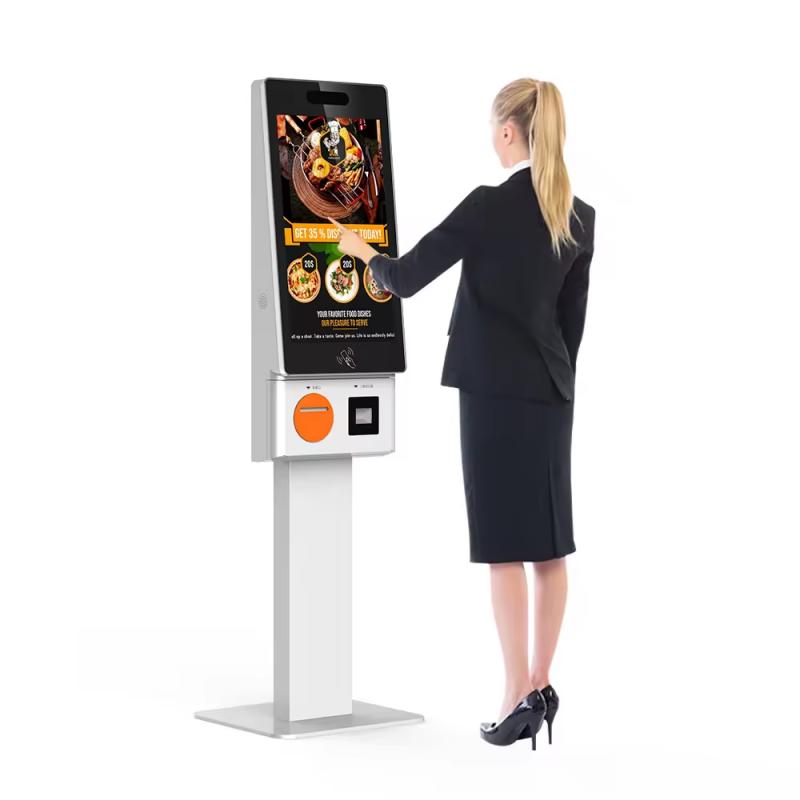
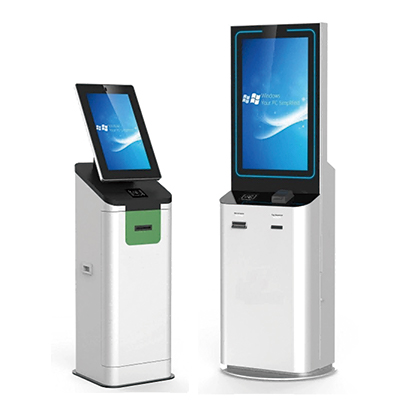
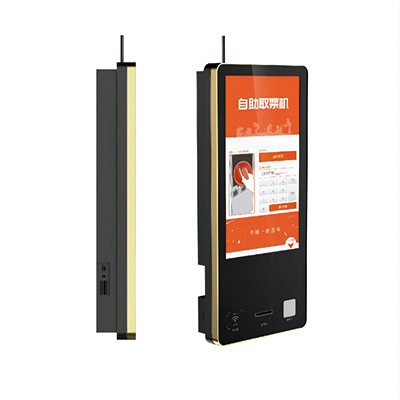
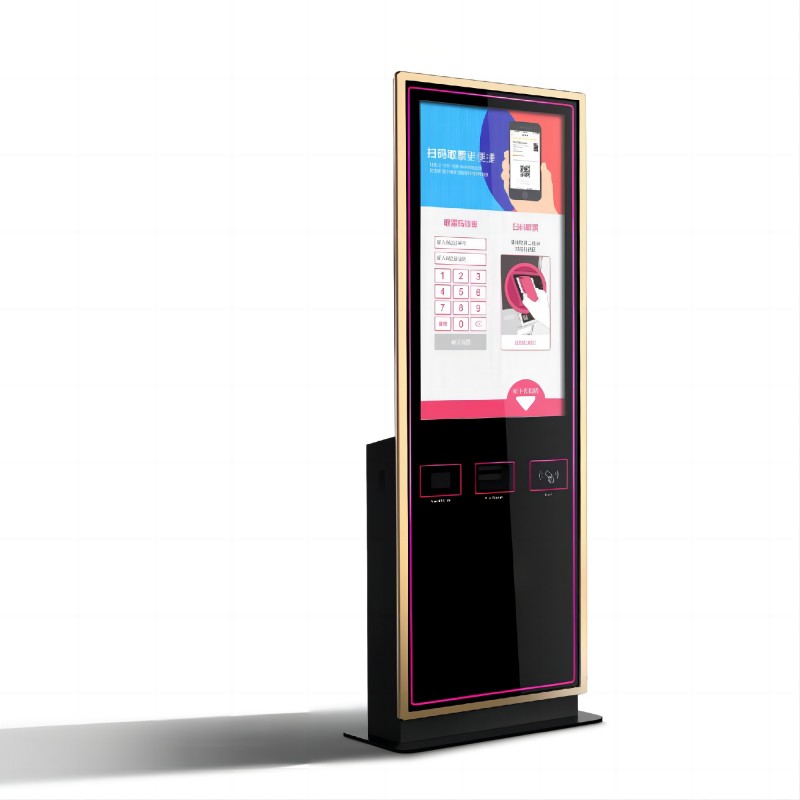
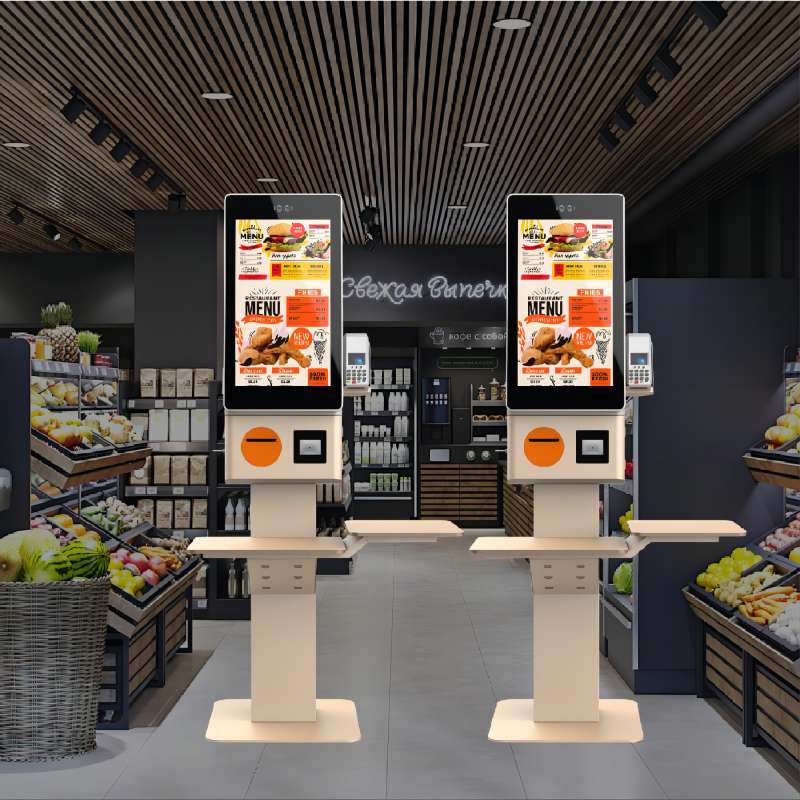
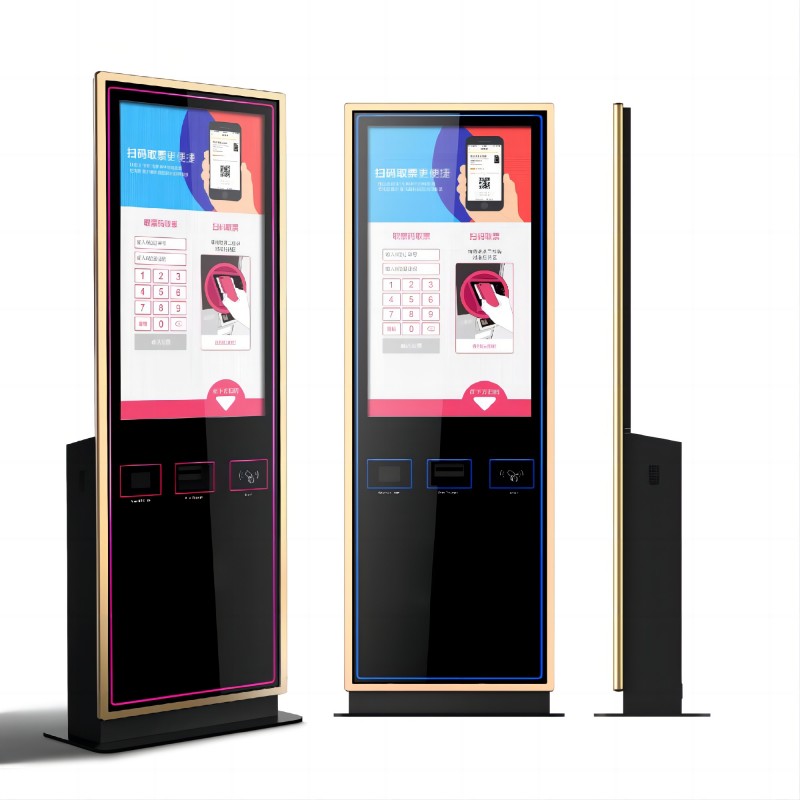
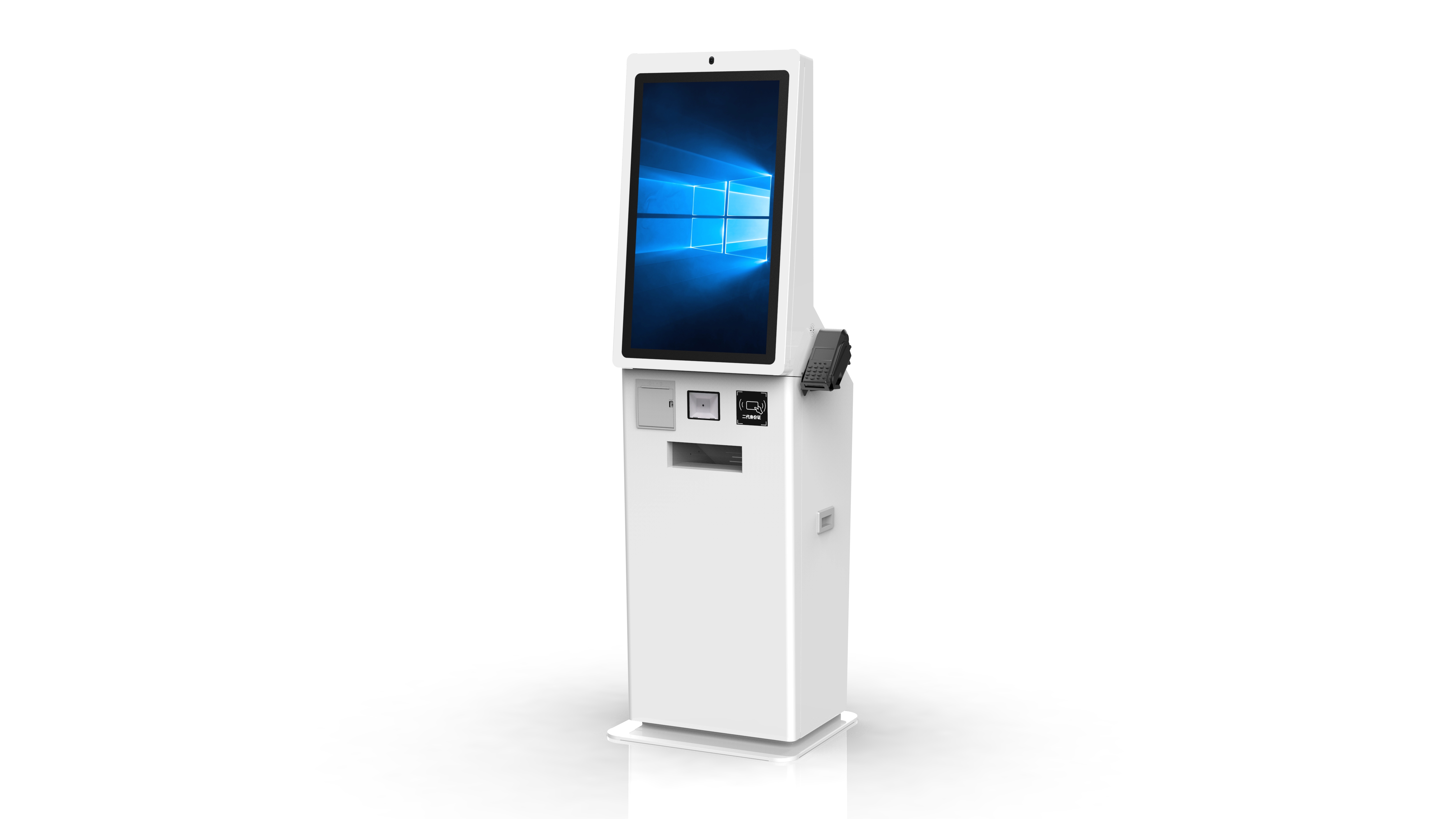
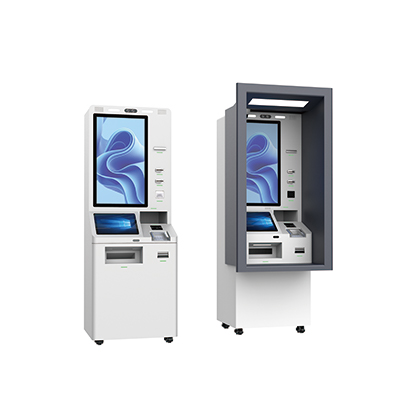

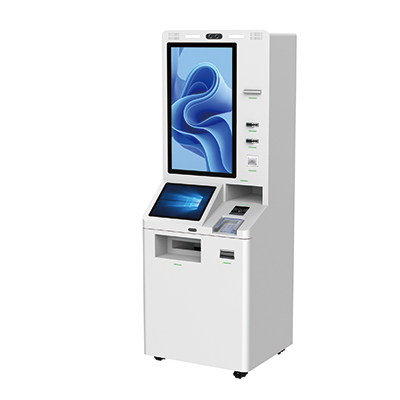


What did our happy clients say?
The self-service machine we purchased exceeded our expectations in both quality and performance. It's robust, reliable, and the interface is user-friendly. The customer support from Lean Kiosk Systems has been exceptional, promptly addressing any issues. Highly recommended!
We are thrilled with our new self-service machine from Lean Kiosk Systems. It’s durable and easy to operate, fitting perfectly into our operations. Their after-sales service has been top-notch, ensuring smooth maintenance. A great investment for any business!
Lean Kiosk Systems delivered an outstanding self-service machine that has transformed our customer service. The build quality is excellent, and the technical support has been incredibly responsive. We highly recommend their products and services.
Our self-service machine from Lean Kiosk Systems has been a game-changer. It’s built to last, performs flawlessly, and the after-sales support is outstanding. We’re very satisfied with the purchase and strongly recommend Lean Kiosk Systems for their excellent service and products.